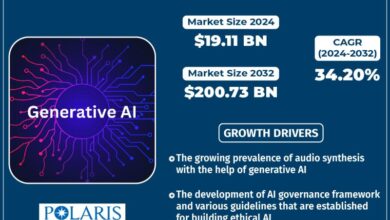Generative AI Remains at an IP and Privacy Crossroads

As artificial intelligence becomes increasingly integrated into our daily lives and business operations, the conversation around its ethical and legal implications grows louder. It’s clear that generative AI will continue to face legal battles; applications from oncology, to mental health services, to the classroom, are raising questions about AI’s ethics and the consequences of not addressing concerns before they cause undue harm. Two of the more persistent battlegrounds that are leading the legal debate around generative AI are intellectual property, as well as the world of data privacy.
For example, a recent congressional hearing from the Judiciary Committee Subcommittee on Intellectual Property emphasized the urgent need for clearer guidelines on IP protection for AI-generated works, highlighting the risk of stifling U.S. competitiveness under current policies and AI’s profound impact on intellectual property rights, recognizing its significant role in creativity and invention.
In the world of data privacy, despite strong interest in the productivity benefits of generative AI, U.S. leaders face major challenges in deploying AI tools safely, including a lack of strategic planning, governance, and in-house skills. New research from Coleman Parkes Research and SAS found that only 10% of organizations feel prepared for regulatory compliance, with most lacking a comprehensive governance framework.
The rise of generative AI, particularly in contexts that blend creativity and commerce, presents a complex challenge for intellectual property law, and privacy concerns still loom large as AI systems incorporate personal data into their vast training sets. Where does this leave the legal debate around generative AI? Jon Stine, an AI ethicist and seasoned retail technology executive, former leader at the Open Voice Network, weighs in with his analysis.
“In this observer’s opinion, it’s wise and ethical to use a large language model that at the very least places an emphasis
and respects sourcing and citation,” Stine said.
Article written by Daniel Litwin.



